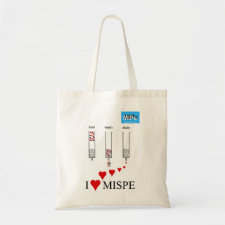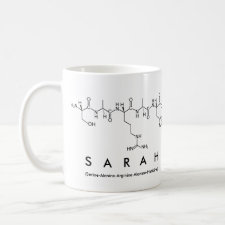
Authors: De Smet D, Dubruel P, Van Peteghem C, De Saeger S
Article Title: Development of a molecularly imprinted polymer for patulin in apple juice.
Publication date: 2011
Journal: World Mycotoxin Journal
Volume: 4
Issue: (4)
Page numbers: 375-383.
DOI: 10.3920/WMJ2010.1276
Abstract: The design of imprinted polymers selective towards patulin (PAT) and their application in food analysis are reported for the first time. Different templates, functional monomers and molar ratios were evaluated related to binding capacity and specificity. Besides the toxin itself, the implementation of structural analogues (2-hydroxynicotinic acid, 5-indanol and 3-hydroxyphtalic anhydride) as templates was evaluated. A molecularly imprinted solid-phase extraction (MISPE) procedure was optimised for the selective clean-up of apple juice samples. Depending on the spiked concentration, recoveries after MISPE and non-imprinted solid-phase extraction varied respectively from 60% to 66% and from 40% to 41%. Limit of detection and limit of quantification were 10.0 μg/kg and 33.3 μg/kg, respectively. Equilibrium experiments and Scatchard analysis disclosed the presence of two classes of binding sites in the imprinted polymer. The dissociation constant (KD) of the higher affinity binding sites was 3.3 μmol/l, while the KD of the lower affinity binding sites was 260.7 μmol/l. The performance of the molecularly imprinted polymer throughout the clean-up was compared to liquid-liquid extraction and a C18 sorbent. Cross-reactivity experiments demonstrated that MISPE was substantially more selective than C18 clean-up. Moreover chromatograms, with less interfering peaks, were observed with MISPE resulting in a sensitive and reliable quantification of PAT
Template and target information: patulin, PAT
Author keywords: patulin, apple juice, molecularly imprinted solid-phase extraction, molecular recognition



Join the Society for Molecular Imprinting

New items RSS feed
Sign-up for e-mail updates:
Choose between receiving an occasional newsletter or more frequent e-mail alerts.
Click here to go to the sign-up page.
Is your name elemental or peptidic? Enter your name and find out by clicking either of the buttons below!
Other products you may like:
 MIPdatabase
MIPdatabase









